Chicago teachers, district joust over 'sticking points' on second day of strike
Teachers in red T-shirts, sweatshirts were on picket lines outside many of the city’s public schools
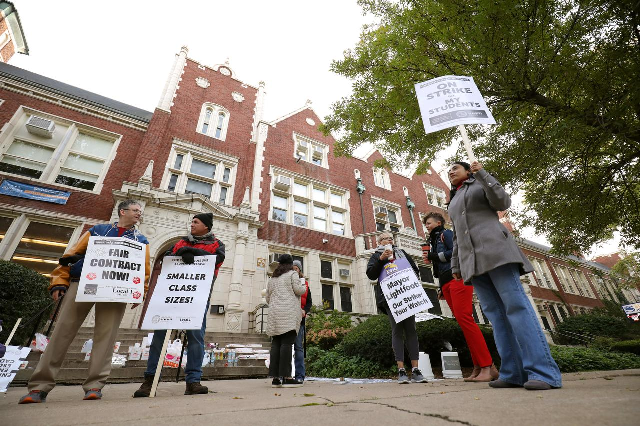
PHOTO: Reuters
In addition to wage increases, the union has emphasised the demands of teachers for more money to ease overcrowded classrooms and to add more nurses, social workers and teaching aides.
On the second day of the strike, the two sides focused negotiations on three of the union’s demands: more preparation time for special education, more special education case managers and teachers and more bilingual education support staff, said Chicago Teachers Union spokesperson Chris Geovanis.
“We’ve seen some movement, but it’s not enough,” union Chief of Staff Jennifer Johnson told reporters, adding that Chicago Public Schools (CPS) presented a counter proposal on staffing levels on Friday.
Sticking points in the talks included the needs of homeless students, pay for veteran teachers, and pay for low-wage employees such as teacher assistants, Johnson said.
Jordan teachers end strike in pay deal with government
Bargaining was set to resume at 1pm on Saturday and continue on Sunday, union President Jesse Sharkey said.
Officials with CPS were not immediately available for comment on the negotiations on Friday.
The work stoppage forced officials to cancel classes for more than 300,000 students, but school buildings stayed open for children in need of a place to go during the strike.
Teachers in red T-shirts and sweatshirts were on picket lines outside many of the city’s 500 public schools.
“I feel really hopeful by the support that I have seen around the city,” said Suzanne Van Kersen, who teaches English as a second language, as she picketed outside Mather High School on the city’s North Side.
“The mayor seems really stubborn,” she added, “so I am not encouraged that this is going to be over soon.”
The strike, involving 25,000 teachers, is the latest in a recent wave of work stoppages in school districts across the United States in which demands for school resources have superseded calls for higher salaries and benefits.
No end in sight as teachers’ strike enters 25th day
In Chicago and elsewhere, teachers have emphasized the need to help underfunded schools, framing their demands as a call for social justice.
That emphasis has resonated with many Chicago parents but even so, the strike has put some of them in a bind over childcare.
Daniel Perez, a 43-year-old project manager, had to bring his two elementary school children to work at a construction site on the South Side on Friday.
“I have had to adjust my whole schedule and thank God I have the flexibility. But other parents do not have that and I feel bad for them,” he said as his children sat in his black Toyota truck.
The strike comes seven years after Chicago teachers walked out for seven days over teacher evaluations and hiring practices. In 2016, teachers staged a one-day walkout to protest the lack of a contract and failure to stabilize the school system’s finances.
The district has offered a raise for teachers of 16% over five years, enforceable targets for reducing class sizes and the addition of support staff across the district, according to Mayor Lori Lightfoot, who was elected in April.
Lightfoot has previously said the union’s full list of demands would cost the district an additional $2.5 billion annually.
Wall Street credit rating agency Moody’s Investors Service, which rates the district’s debt in the junk level, said on Thursday the outcome of labor negotiations would have “substantial ramifications on whether CPS’ financial recovery continues, given its limited financial flexibility and narrow reserves.”

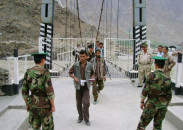
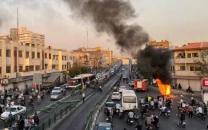

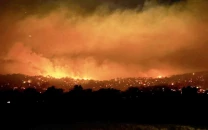

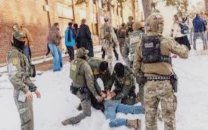












COMMENTS
Comments are moderated and generally will be posted if they are on-topic and not abusive.
For more information, please see our Comments FAQ